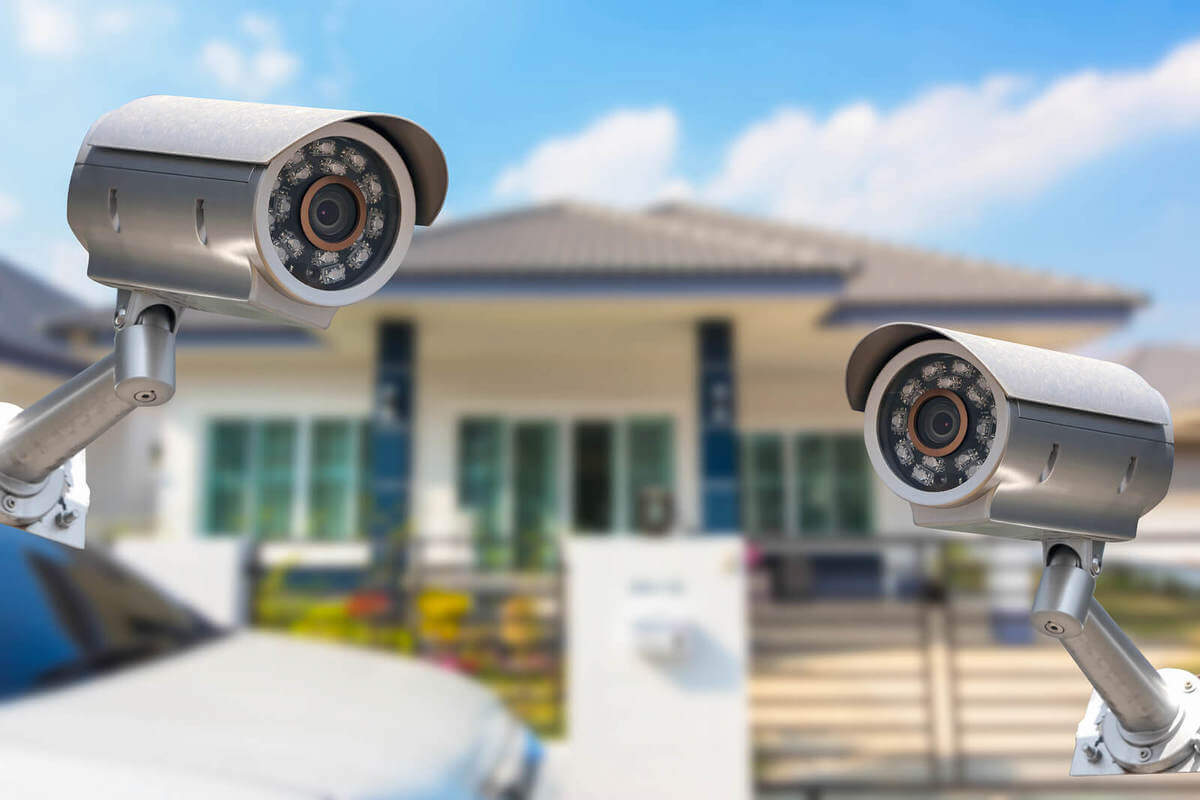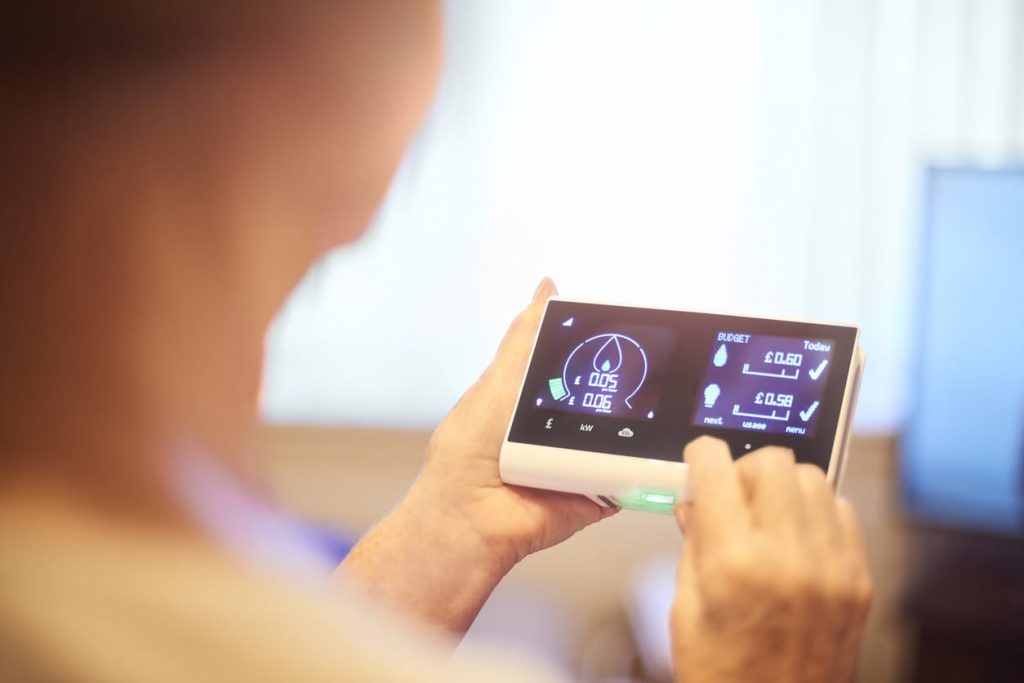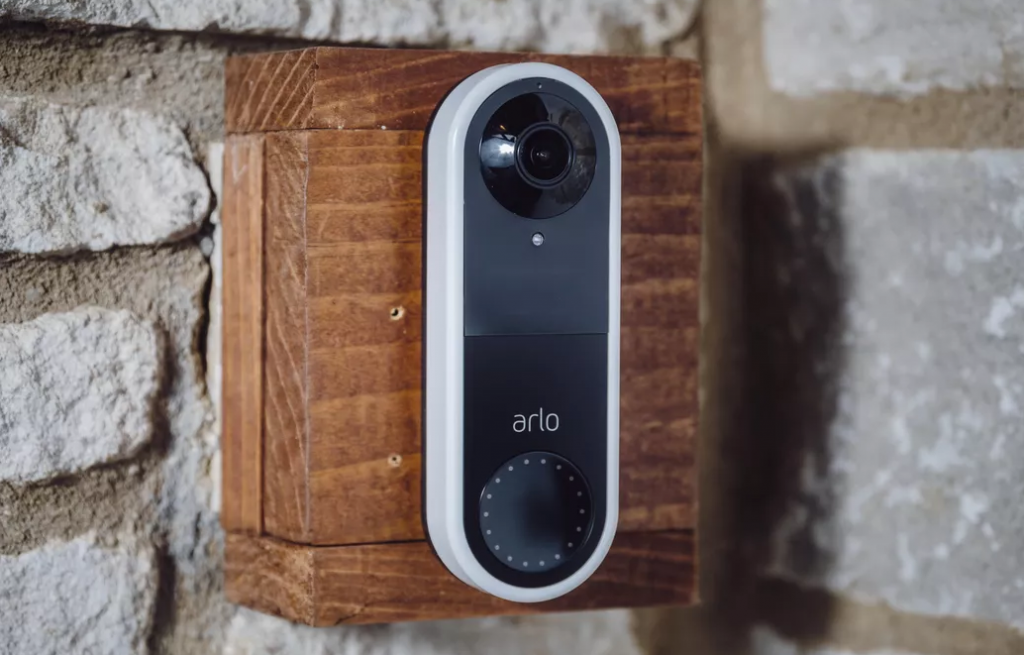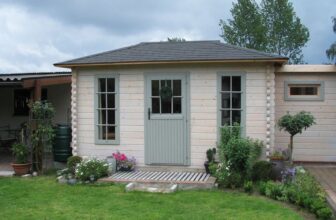
Every homeowner or a renter strives to feel safe and secure within the property walls. Relying on common sense to take some steps, such as to lock the doors and windows, keep the valuables well-hidden or hide the exterior wirings is, in most cases, not enough. Thinking like a burglar is not the best way either, as nowadays, they are more creative and resourceful than they have ever been. Luckily, SecuringHome will help you find various security solutions and numerous security companies. The only problem is how to pick the right one without spending days and nights browsing the market, flooded with products and services.
There are two major groups, traditional and DIY security systems. The first group is a system that can cover every angle, door or window, and sides of backyards. The owners of these systems rely on a security company to help them choose the best combination of products, such as control panels, cameras, sensors, sound alarms, and to install them. The company is also in charge of 24/7 surveillance and responds to all triggering of the system. The downside of these systems is that they are usually on a higher price point and always come with a monthly fee contract obligation. This solution can be too expensive for some, especially for smaller households. Also, these systems demand regular investment in maintaining and upgrading. For more DIY home tips click thetoolscout.com.

img source: kasperskydaily.com
DIY home security systems are easy to install and maintain, mostly but not always cheaper than the traditional ones, and most of them are easy to upgrade. What is also important, these systems are sufficient enough for saving the user from gloomy burglary statistics. They are ideal for homes in need of just a simple system, to cover a few windows, doors, and maybe one security camera. The good side is that, except for the equipment, there are no other additional expenses, such as installation or monthly fees. The main word, when talking about DIY systems, is control. The owner has total control over the installation process, where to install sensors and other devices. If initially chosen places are not good, the equipment can be reinstalled and installed again to a better place, at any time, and completely free of charge. Most models are easily controlled over the phone, with a mobile application, which is more than convenient, as most people nowadays have one. This means that the systems can be switched on or off in case of a false emergency. Furthermore, if a real emergency occurs, the system will send a notification within seconds.
Although there are many brands and models of security systems available, some of them are not worth the money. In order to prevent low-quality, inadequate products purchase, it would be wise to spend some time investigating and finding the one that is suitable for the particular needs. If you need more information you can visit phenomsecurity.com.
People who purchased and used the products can give the best opinion about it, so reading their reviews will be more than useful. If more than a few of them had a negative experience than maybe that’s not the best product to buy. However, sometimes it’s not so much the problem with the quality as it’s a matter of technology literacy. For example, buying a smart security system that’s difficult to use, if the knowledge of this and similar technologies is not sufficient, can be a reason for a bad review. So, this should also be an important topic to consider before placing the order.

img source: safewise.com
Good customer service is important before, as it is after the purchase. If the company has good ratings for the support they give to their customers, a potential buyer can check how good they really are by giving them a call and asking for advice on technical and similar details. It’s important to know that once the product is at the buyers’ doorstep if any problem arises, they are ready and capable of assisting.
The best way to narrow down the points that need to be secured is to make a list of weaknesses or spots that should be protected and then to give them a small upgrade. For example, apart from sensors, doors can be additionally protected and reinforced with strong frames and hinges, container door locks, spy holes, or a video doorbell. Windows are another most common entry point that can be secured not only with the safety products but also with window security film and bars.
Adding just one security camera can make all the difference in the sense of safety. The security camera should have motion detection, night vision, waterproof casing for outdoor cameras, memory storage, and Wi-fi connectivity features.
Motion-activated lights are ideal for front and back yards, especially if they are solar-powered. Garage and back doors are every household’s week spots that can be easily secured with a smart garage door opener or an automation opener and one or a few extra locks. If there is a possibility to add smoke, carbon monoxide, or water leak detectors, the home will not only be protected but also save some money. As far as landscaping is concerned, trees and plants close to the house should be trimmed and replaced with smaller plants, which cannot be used as a hiding place.

img source: cbsistatic.com
If all these measures were applied and combined with the DIY security system, members of the household could go to sleep peacefully. Of course, not all of these steps have to be taken and not all at once. For house owners, having a DIY security system is an investment that can bring lower insurance rates and higher value of the property. For renters, the great news is that DIY security systems can be portable, meaning easily reinstalled in a new home.
Comprehending the way DIY security systems works is not only the best way to make the most of its use but also a good path toward new possibilities. Knowing how to benefit from DIY system monitoring options is just the tip of the iceberg and a portal to the “smart home” land.







